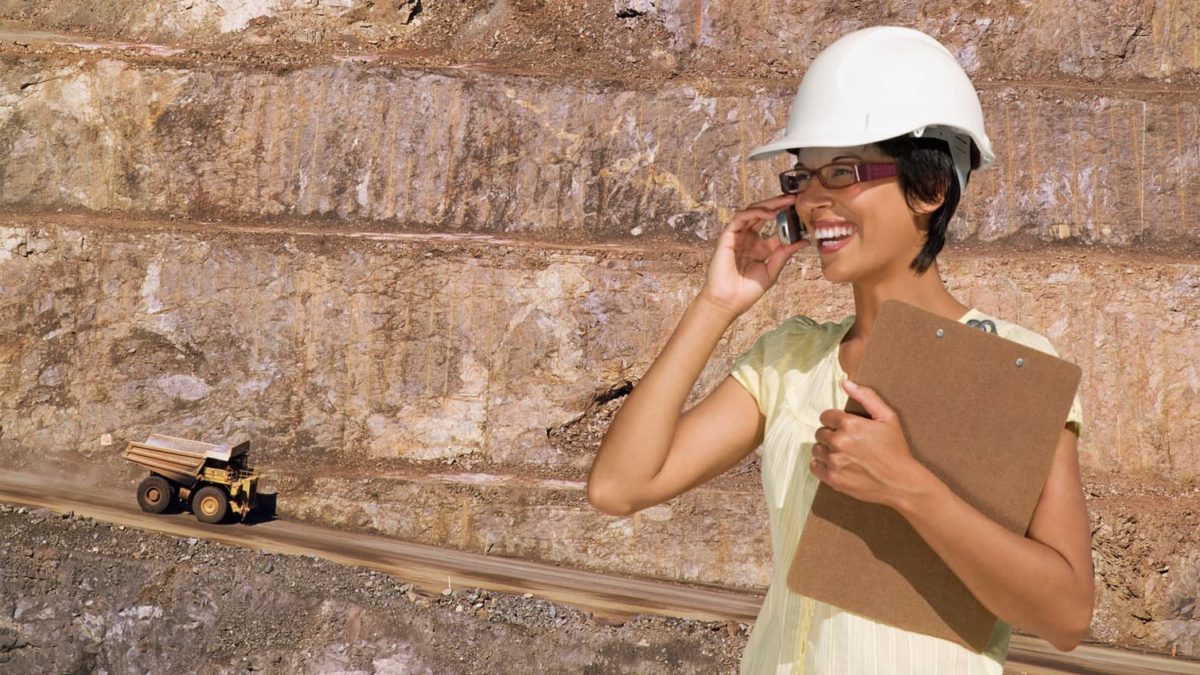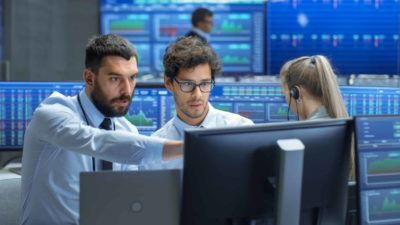Pilbara Minerals Ltd (ASX: PLS) shares were among the top risers of the ASX 200 this morning, up 2.6% to $4.32 apiece before falling slightly to $4.25 at the time of writing.
At the Citi investment conference yesterday, Pilbara Minerals CEO Dale Henderson said the large lithium mining companies of Australia can't compete with China on the cost of refining lithium.
As reported in Australian Financial Review (AFR), Henderson argued that major government subsidies would be required to allow Australia to grow a profitable refining industry.
Where is Australia placed in the lithium battery supply chain?
Australia is the world's biggest producer of lithium. We're great at digging it up, but we typically ship it off to China in raw form to be refined into the products feeding the burgeoning electric vehicles (EV) industry.
To recap, lithium is crucial to the global battery supply chain. Lithium is found in a mineral called spodumene, which is contained within hard pegmatite rock. Lithium is also found in salt lake brines.
There are two types of refined lithium used in lithium-ion batteries. They are lithium carbonate and lithium hydroxide. They are created by refining spodumene and brines in different ways.
EV manufacturers prefer lithium hydroxide, which is why it commands a higher price on commodity markets. For the next year, Citi forecasts prices of $US2,350 a tonne for raw lithium spodumene, US$18,000 per tonne for lithium carbonate and US$22,000 per tonne for lithium hydroxide.
The Australian Government wants to grow Australia's capacity to refine lithium and other critical minerals.
In June, the Federal Government announced a new Critical Minerals Strategy and $500 million to support critical minerals projects, including refining capacities, via the Northern Australia Infrastructure Facility.
Minister for Resources and Northern Australia Madeleine King said Australia "must look to grow our downstream capabilities in areas of competitive advantage by enabling more processing and refining of minerals onshore in Australia, and realise the benefits derived from value-adding to our resources".
Global consultancy McKinsey says downstream processing could be worth an extra US$10 billion to the Australian economy.
But there's a problem.
It's just too expensive, says Henderson
Henderson says onshore processing is just too expensive without government help.
Henderson said:
To be frank, it's hard to make Australia work given the cost base particularly in the Pilbara region – the labour, construction, and energy costs are high.
So the first principles case makes it very difficult to justify the investment without more government support if Australia wants to deliver on the ambition of onshoring the value-added processing.
In a recent report, the government noted that Australia was developing its capacity to refine lithium. There are currently three lithium hydroxide refineries in operation or being built.
China is currently the world's biggest refiner. It accounts for more than 80% of global hydroxide processing, according to International Energy Agency (IEA) data.
China is also Australia's biggest customer for spodumene. In 2022-23, China bought 98% of the spodumene we dug out of the ground.
Citi forecasts global lithium demand to double every four years at a compound annual growth rate (CAGR) of about 20%.
Citi says buy Pilbara Minerals shares
This week Citi changed its ratings on three ASX lithium shares, including Pilbara Minerals.
Citi raised its rating on Pilbara Minerals shares to buy. However, the broker cut its 12-month price target by 20% to $4.50 per share.
Analyst Kate McCutcheon said Pilbara Minerals was Citi's preferred ASX lithium share, explaining:
They have the best operational volume growth for expansion and they also have a partnership with South Korea's POSCO for downstream lithium hydroxide processing.
In the US, the Inflation Reduction Act also means there'll be a premium paid for chemicals produced outside of China.









